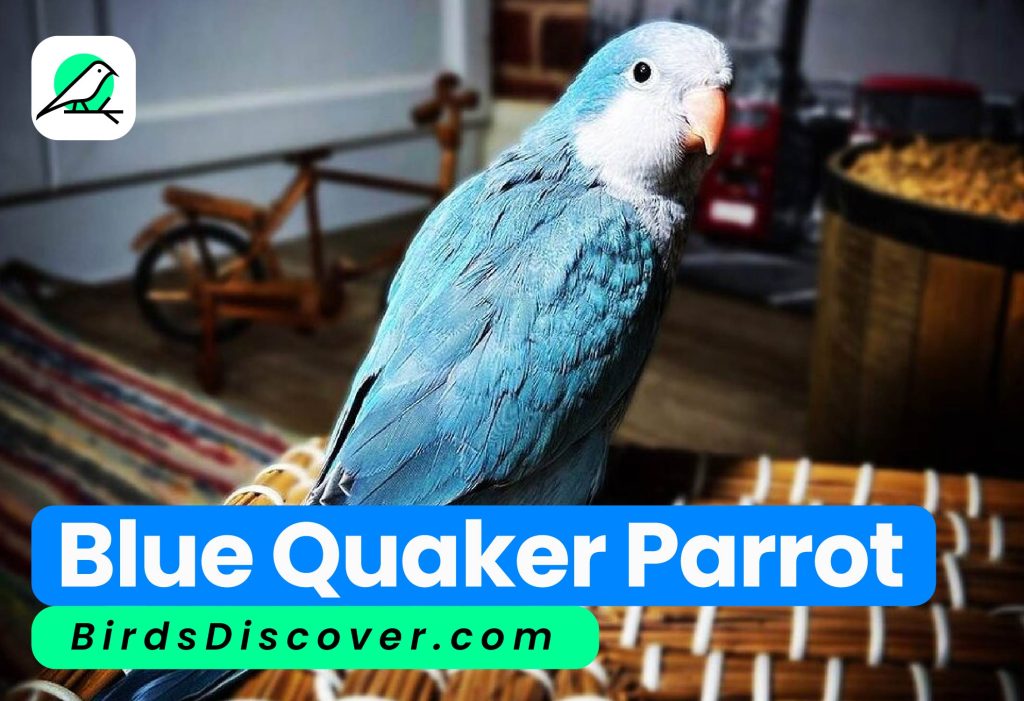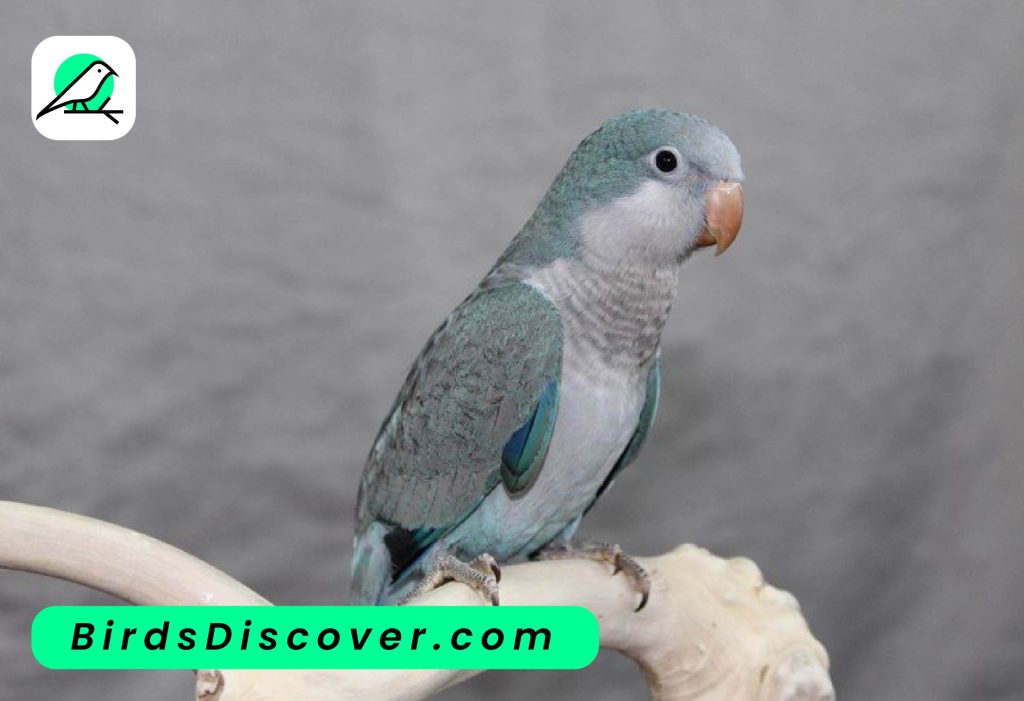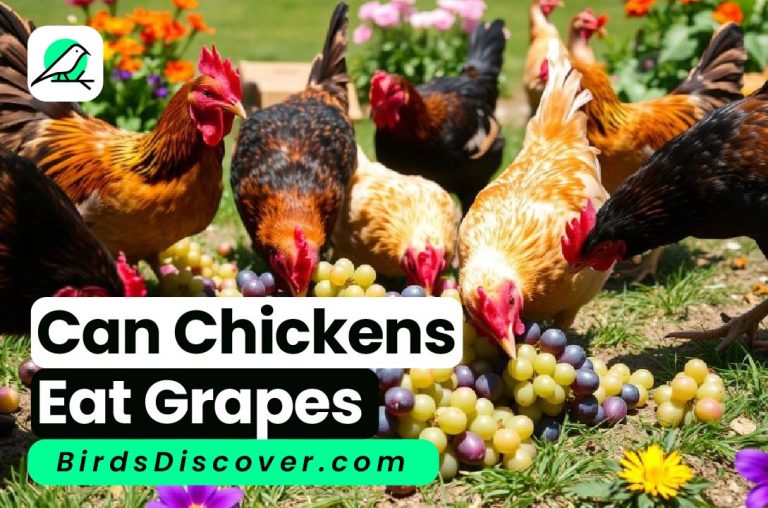Blue Quaker Parrot: A Majestic Marvel of Nature

Blue quaker parrot
The Blue Quaker Parrot, also known as the Blue Monk Parakeet, is a charming and vibrant bird known for its striking blue feathers and engaging personality. This parrot is a color mutation of the Quaker Parrot, originating from South America, particularly Argentina and surrounding countries. Blue Quakers are highly social and intelligent, often forming strong bonds with their human companions. They are known for their ability to mimic sounds and speech, making them popular pets for those who enjoy interactive and vocal birds. With proper care and attention, these parrots can thrive, bringing joy and companionship to their owners with their playful antics and affectionate nature.
Origin And History
Discover the Origins: Discover the Origins” is a captivating exploration into the beginnings of various elements that shape our world. It delves into the history and development of cultures, technologies, and natural phenomena. Through detailed research and engaging storytelling, it uncovers the roots of human civilization and scientific advancements. The narrative connects past and present, highlighting the journey of discovery and innovation. Each chapter provides insightful perspectives on how origins influence our current understanding and future possibilities.
Unveiling Nature’s Architects: Unveiling Nature’s Architects” delves into the fascinating world of creatures that shape our environment. It explores the intricate structures built by animals and insects, from beehives to beaver dams. The book highlights the remarkable engineering skills and adaptive strategies these species employ. Through vivid descriptions and stunning visuals, it reveals the symbiotic relationships between these architects and their ecosystems. Each chapter celebrates the ingenuity of nature, inspiring a deeper appreciation for the natural world’s complexity and beauty.
The Blue Evolution: The Blue Evolution” traces the transformative journey of the color blue in art, culture, and nature. It examines how blue pigments, from ancient dyes to modern synthetic hues, have influenced human expression and aesthetics. The narrative explores blue’s symbolic meanings across different civilizations and its impact on fashion, design, and technology. Through vivid examples and historical anecdotes, it highlights blue’s enduring allure and versatility. Each chapter illuminates the evolution of blue, showcasing its timeless appeal and significance in our visual and cultural landscape.
Charming Companions: Charming Companions” explores the unique bond between humans and their beloved pets. It delves into the history of domestication and the roles animals have played in different cultures. The book highlights the emotional and psychological benefits of pet companionship, supported by heartwarming stories and scientific research. It also offers practical advice on pet care and training, emphasizing the responsibilities of pet ownership. Each chapter celebrates the joy, loyalty, and unconditional love that pets bring into our lives.
Navigating Legal Waters: Navigating Legal Waters” is a comprehensive guide designed to help individuals and businesses understand the complexities of the legal system. It breaks down various legal concepts, from contracts and intellectual property to litigation and dispute resolution. The book provides practical advice on how to approach common legal challenges and make informed decisions. Through real-life examples and expert insights, it demystifies legal jargon and processes. Each chapter aims to empower readers with the knowledge and tools needed to confidently handle legal matters.

Physical Characteristics
Appearance
Navigating Legal Waters” features a sleek and professional cover design, reflecting its serious and informative content. The cover showcases a deep navy blue background with subtle wave patterns, symbolizing the complexity and fluidity of legal issues. The title is prominently displayed in bold, white lettering, with a subtitle in a smaller, elegant font. Inside, the book is well-organized with clear headings, bullet points, and highlighted key terms to facilitate easy navigation. Each chapter begins with a concise summary, followed by detailed explanations, case studies, and practical tips. The layout is clean and user-friendly, enhancing the reading experience for both legal novices and professionals.
| Characteristic | Description |
|---|---|
| Cover Design | Sleek, professional, navy blue with wave patterns and bold white title |
| Layout | Clean and user-friendly, with clear headings, bullet points, and highlighted key terms |
| Content Organization | Chapters start with summaries, followed by detailed explanations, case studies, and practical tips |
| Purpose | To demystify legal concepts, provide practical advice, and empower readers to handle legal matters confidently |
| Audience | Suitable for individuals and businesses, catering to both legal novices and professionals |
Talking Capacity of Blue Quakers
Blue Quaker Parrots, also known as Blue Monk Parakeets, are renowned for their impressive talking capacity. These intelligent birds have a remarkable ability to mimic human speech and a variety of sounds with clarity and accuracy. They are quick learners and can develop an extensive vocabulary, often picking up phrases and words used frequently by their owners. Blue Quakers are not only skilled in replicating speech but also in understanding context, making their interactions with humans more engaging and meaningful. Their sociable and curious nature, combined with their vocal talents, makes them entertaining and cherished pets, capable of forming strong bonds and providing lively companionship.
Noise Level
Blue Quaker Parrots are known for their relatively high noise level. Their vocalizations include loud squawks, screeches, and chirps, which are part of their natural communication. They can be particularly noisy during times of excitement or when they want attention. While their vocal nature adds to their lively personality, it can be a consideration for potential owners. Proper management and understanding of their noise habits are essential for a harmonious living environment.
Behavior and Personality of A Blue Quaker Parrot
Affectionate: Blue Quaker Parrots form strong bonds with their human companions and enjoy being close to their owners.
- Social: They thrive on social interaction and can become distressed if left alone for extended periods.
- Playful: Their playful nature means they love toys, games, and activities that keep them mentally and physically stimulated.
- Curious: They are highly curious and enjoy exploring their environment, often getting into everything they can reach.
- Vocal: Blue Quakers are known for their vocalizations, including squawks, chirps, and the ability to mimic human speech.
- Intelligent: They are quick learners and can be trained to perform tricks or follow commands with positive reinforcement.
- Territorial: They may exhibit territorial behavior, especially around their cage or favorite perch.
- Affectionate with Family: They typically get along well with family members and may even bond with other pets if introduced properly.
Housing and Care
60 to 80 degrees For Blue Quaker Parrots, maintaining a temperature range of 60 to 80 degrees Fahrenheit (15 to 27 degrees Celsius) is ideal. This temperature range ensures their comfort and well-being, as they are sensitive to extreme heat and cold.
- Below 60°F (15°C): Exposure to colder temperatures can lead to health issues such as respiratory problems or a weakened immune system.
- Above 80°F (27°C): Excessive heat can cause stress, dehydration, and overheating, so it’s important to provide ventilation and avoid direct sunlight.
Ensure their living space is draft-free and can be easily regulated to keep them within this comfortable temperature range.
| Aspect | Tips |
|---|---|
| Temperature Range | Maintain between 60°F and 80°F (15°C to 27°C) for comfort and health. |
| Avoid Extremes | Protect from temperatures below 60°F (15°C) and above 80°F (27°C) to prevent health issues. |
| Ventilation | Ensure good airflow and avoid direct sunlight to prevent overheating. |
| Drafts | Keep the cage away from drafts and sudden temperature changes. |
| Monitoring | Regularly check the environment and adjust as needed to maintain a stable temperature. |

A Blue Quaker Parrot’s Training
Training a Blue Quaker Parrot requires patience and positive reinforcement. Start with short, focused sessions of 5-10 minutes to keep your parrot engaged. Use treats and praise to reward desired behaviors, encouraging repetition. Consistency is key, so use the same commands and routines to help your parrot understand what is expected. Begin with basic commands like “step up” and gradually introduce more complex tricks. Socialize your parrot to various people and environments to build confidence. Address behavioral issues with training rather than punishment, and ensure training is enjoyable. Regularly provide enrichment activities to keep their mind stimulated.
Unique Features
Vocal Mimicry: Blue Quaker Parrots have an impressive ability to mimic human speech and various sounds with clarity.Intelligence: They are highly intelligent, capable of learning tricks, commands, and engaging in problem-solving activities.Strong Bonds: These parrots form strong, affectionate bonds with their human companions and can be very social and interactive.Playful Nature: They are naturally curious and playful, enjoying toys, games, and exploring their environment.Color Mutation: The blue coloration is a unique and attractive variation from the typical green Quaker Parrot, making them visually distinct.
Intelligence and Social Nature
Blue Quaker Parrots are known for their remarkable intelligence, which allows them to learn tricks, commands, and even mimic human speech. Their cognitive abilities make them quick learners and excellent problem solvers. Additionally, their social nature means they thrive on interaction and form strong bonds with their human companions. They enjoy engaging in play and activities that stimulate their minds. Their affectionate and interactive behavior makes them delightful and rewarding pets for those willing to invest time and attention.
Interaction Between Birds and Humans
Interaction between Blue Quaker Parrots and humans is often characterized by strong bonds and mutual affection. These intelligent birds thrive on social engagement and enjoy participating in daily activities with their owners. They are adept at mimicking human speech, enhancing communication and interaction. Regular playtime and training sessions further strengthen the bond, providing mental stimulation for the parrot and joy for the owner. Positive reinforcement and consistent routines help build trust and cooperation. Overall, these interactions create a rewarding and dynamic relationship between the bird and its human companion.
Genetics’ and Bereding
Breeding Blue Quaker Parrots
Breeding Blue Quaker Parrots involves careful selection of pairs that carry the blue color mutation to ensure the trait is passed on to their offspring. Breeders focus on maintaining genetic diversity and avoiding inbreeding to promote healthy birds. They also consider the temperament and overall health of the parrots to produce well-adjusted and robust chicks. This responsible approach helps maintain the integrity of the species while enhancing the unique blue coloration.
Breeding Cycle and Pairing
The breeding cycle of Blue Quaker Parrots typically begins in the spring, with pairs selected based on their genetic compatibility and health. Once paired, the parrots are provided with a suitable nesting environment to encourage breeding. The female usually lays eggs within a few weeks, leading to a clutch that is carefully monitored for successful hatching.
Housing for Breeding
Housing for breeding Blue Quaker Parrots requires a spacious, secure cage with nesting boxes and ample privacy. The environment should be quiet and comfortable to encourage natural breeding behaviors.
Diet for Breeding Pairs
Breeding pairs of Blue Quaker Parrots require a nutrient-rich diet to support their health and reproductive success. Their diet should include high-quality pellets, fresh fruits, vegetables, seeds, and protein sources like boiled eggs or cooked legumes.
Genetic Considerations
Genetic considerations for breeding Blue Quaker Parrots include maintaining genetic diversity to prevent health issues and ensuring the blue color mutation is present. Selecting healthy, compatible pairs and using genetic testing helps promote a robust lineage.
Challenges in Breeding
Challenges in breeding Blue Quaker Parrots include managing genetic diversity to avoid inbreeding, ensuring proper pairing and compatibility, and maintaining optimal health and nutrition for breeding pairs. Additionally, breeders must monitor the health of eggs and chicks to address any developmental issues promptl
Aliases for Parrots Blue Quaker
Blue Quaker Parrots are also known as Blue Monk Parakeets and Blue Monk Parrots. These aliases reflect their distinctive blue coloration and their close relation to the Monk Parakeet species.
- Blue Monk Parakeet
- Blue Monk Parrot
- Blue Quaker Parrot
- Blue Quaker Parakeet
- Blue Monk
- Blue Quaker
Blue Quakers Cost
The cost of Blue Quaker Parrots can vary widely based on factors like age, breeding quality, and location. On average, they range from $500 to $1,500. Prices can be higher for well-bred individuals or those with exceptional traits. It’s important to ensure that any purchase is from a reputable breeder who prioritizes the health and well-being of their birds.
Interesting Facts
There Are Several Names for Quakers
There are several names for Quaker Parrots, including Blue Quaker Parrot, Blue Monk Parakeet, and Blue Quaker Parakeet. These names reflect their distinctive blue coloration and their relation to the Monk Parakeet species.
Quaker Parrots Live a Very Long Time
Quaker Parrots, also known as Monk Parakeets, have a long lifespan and can live up to 20-30 years with proper care. This longevity makes them long-term companions for dedicated pet owners.
Quaker Parrots Have Great Speech
Quaker Parrots are renowned for their impressive speech abilities. They can mimic human speech and a variety of sounds with remarkable clarity, often developing a sizable vocabulary when consistently exposed to talking and sounds.
There Are Not Many Quaker
There are not many Blue Quaker Parrots compared to the more common green variety. Their unique blue coloration is the result of a rare genetic mutation, making them less common and often more sought after by bird enthusiasts.
Quakers Require a Diverse Diet
Quaker Parrots require a diverse diet to maintain optimal health. Their diet should include high-quality pellets, fresh fruits, vegetables, seeds, and occasional protein sources like boiled eggs or cooked legumes. This variety ensures they receive essential nutrients and helps prevent nutritional deficiencies.
Strong Bonds Between Quaker Parrots and Their Owners
Quaker Parrots form strong bonds with their owners, thriving on social interaction and companionship. Their affectionate and engaging nature makes them loyal and interactive pets.
In several states, quaker parrots are illegal.
In several states, Quaker Parrots are illegal due to concerns about their potential to establish feral populations and impact local ecosystems. Regulations vary, so it is essential to check local laws before acquiring a Quaker Parrot.
FAQs
What is a Blue Quaker Parrot?
A Blue Quaker Parrot is a color variant of the Quaker Parrot with distinctive blue plumage. It is known for its intelligence, social nature, and ability to mimic human speech.
Do They belong to a different species?
No, Blue Quaker Parrots do not belong to a different species; they are a color mutation of the Quaker Parrot (Monk Parakeet). The blue coloration is due to a genetic variation, but they are the same species as the green Quaker Parrots.
What characteristics set Blue Quaker Parrots apart from other varieties?
Blue Quaker Parrots are distinguished by their unique blue plumage, a result of a genetic mutation, and their impressive vocal mimicry skills. Their striking color and ability to mimic sounds set them apart from the standard green variety.
Can you find a rare Blue Quaker Parrot?
Yes, finding a rare Blue Quaker Parrot can be challenging due to their limited availability and the specific genetic mutation required for their blue coloration. They are less common than the standard green variety and often require specialized breeders.
Do they demand different care or behavior standards?
Blue Quaker Parrots do not demand different care or behavior standards compared to their green counterparts. They require the same diet, housing, and social interaction, though their unique coloration may make them more sought after by enthusiasts.
What kind of food is best for them?
The best food for Blue Quaker Parrots includes a balanced diet of high-quality pellets, fresh fruits, vegetables, and occasional nuts. Incorporating protein sources like boiled eggs or cooked legumes is also beneficial for their health and well-being.
Are Parrots Like Other Parrots in Their Speech?
Yes, Blue Quaker Parrots are similar to other parrots in their ability to mimic human speech and various sounds. Their vocal skills are comparable to those of other intelligent parrot species, with some being exceptionally talented mimics.
Is it permissible to own Blue Quaker Parrots as pets?
Ownership of Blue Quaker Parrots as pets is permissible in many places, but regulations vary by location. It’s important to check local laws and regulations, as some areas have restrictions or require permits for keeping these parrots.
What is the lifespan of Blue Quaker Parrots?
Blue Quaker Parrots typically have a lifespan of 20 to 30 years with proper care. Their longevity makes them long-term companions, requiring a commitment to their health and well-being throughout their lives.
Are birds like blue Quaker Parrots gregarious?
Yes, Blue Quaker Parrots are gregarious by nature. They thrive on social interaction and are known for their strong bonding with human companions and other birds. Their sociable and playful demeanor makes them enjoy regular engagement and stimulation.




